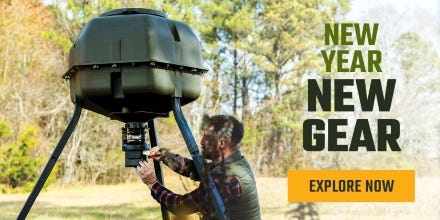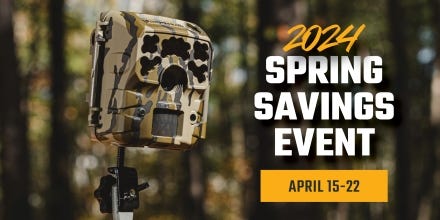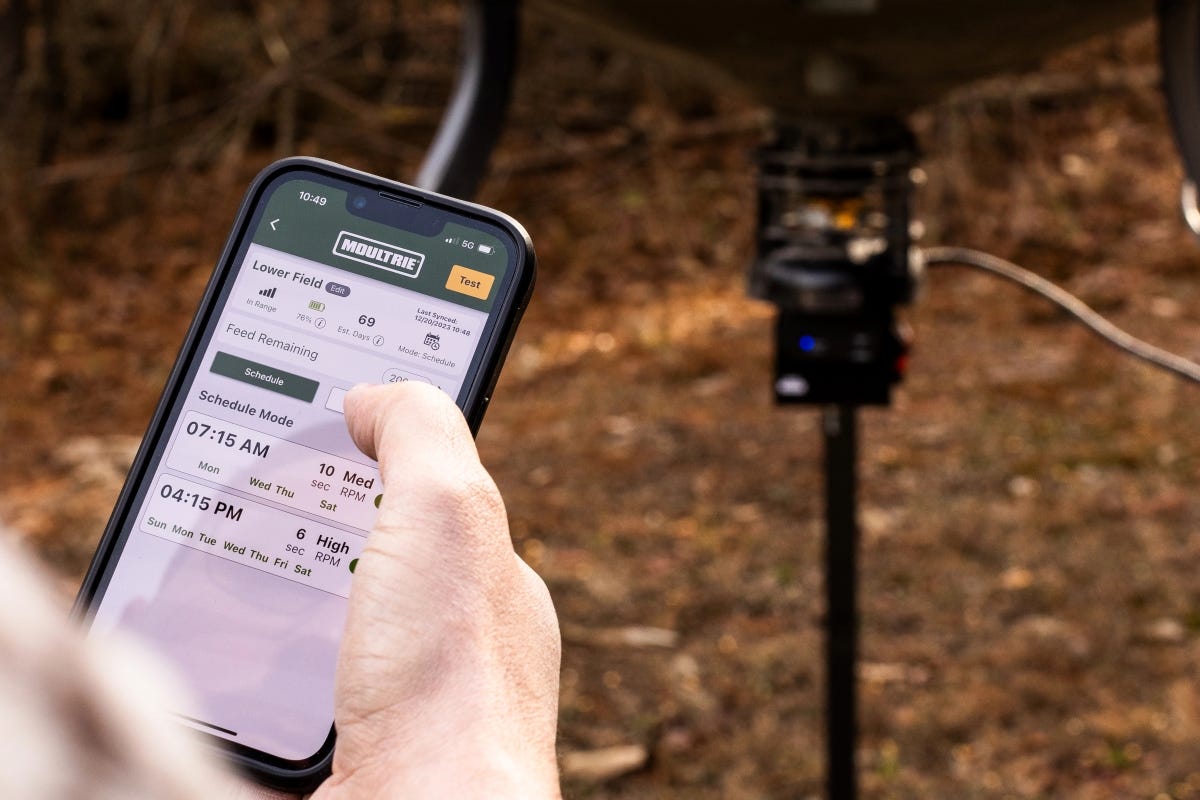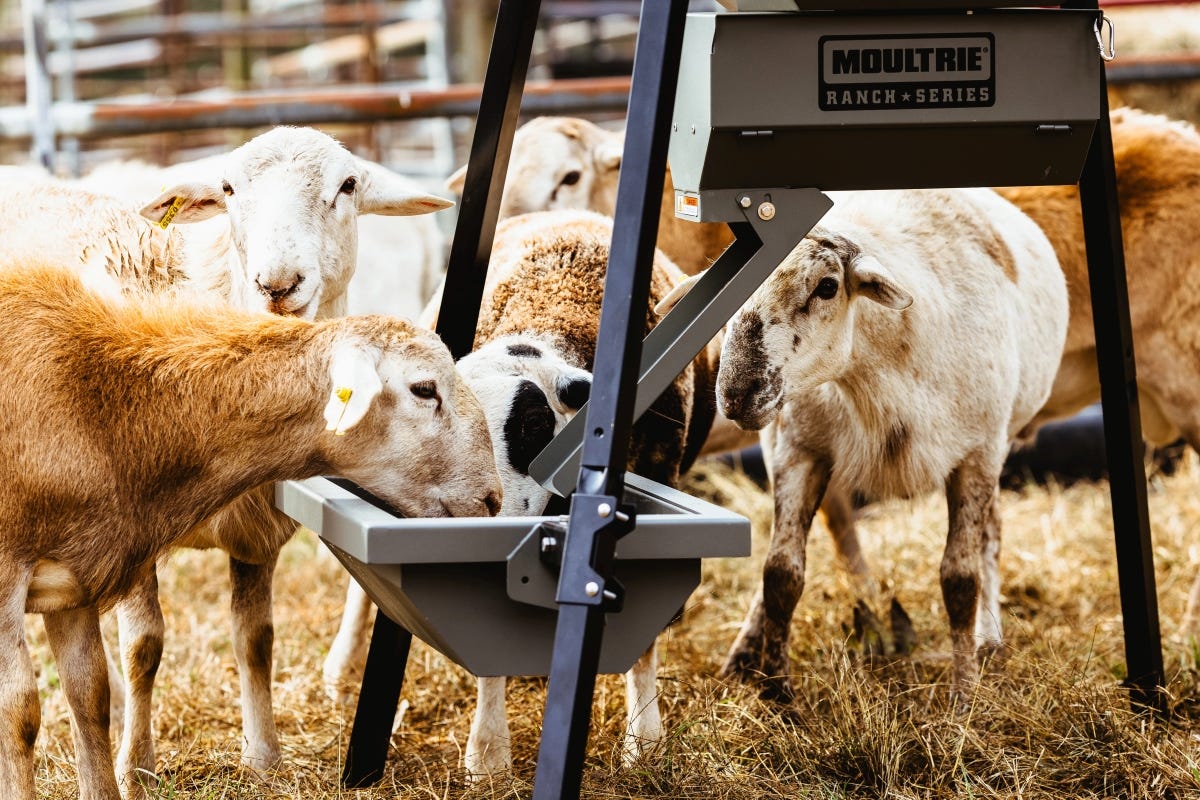- Jul 31, 2020
Where to Place Trail Cameras During Hunting Season
Trail cameras can provide you with incredible up-close shots of the deer coming across your property — but only if they're mounted in the right place. The earlier you can get yours in place, the better. That way, you won't risk leaving your scent or making noises that frighten the game, plus the longer they are out the more intel you will gather.
At Moultrie, we've got you covered. We'll show you where to put yours so you can easily see how many deer you have, where they're going and which bucks will make the hit list.
Where to Place Trail Cameras for Deer
Knowing where to set trail cameras up to get the best shot takes a little bit of preparation, but the time you invest in thinking about placement will pay off in the end. Just like with your regular camera, getting a good photo requires being in the right position. But with deer, you have even more to keep in mind.
Placing Trail Cameras by Season
Knowing where to put a trail camera also means knowing when to put up a trail camera. Deer change their locations and behaviors depending on the time of year. You'll want to adjust where you have your cameras mounted during:
Pre-Season
Bucks start shedding velvet in September. This is also when bachelor groups start breaking up and individual bucks start seeking out their home range. This will consist of undisturbed bedding cover and trails leading to and from feeding areas, creating new funnels you can identify.
Early Season
 When many seasons starts in October, bucks will start using scrapes much more. You can locate the ones they're using or make a mock scrape to help improve your chances. You can also look for well-trafficked food sources.
When many seasons starts in October, bucks will start using scrapes much more. You can locate the ones they're using or make a mock scrape to help improve your chances. You can also look for well-trafficked food sources.
The Rut
Moving your cameras into the thick, dense places where bucks are known to push does to mate will help you get the best photos. But you'll also want to focus on pinch point and funnels leading to areas where does are bedding and feeding. Once you get cameras up leave them up until after the main rut and second rut.
Post Rut
After the rut, deer go back to spending time around food sources. Look for the paths they've worn into the earth and snow to pick your spot. You can also achieve success by placing trail cameras where the trails are leading to bedding cover.
Mounting Trail Cameras Correctly
Once you have a location in mind, it's time to mount the camera — but any old tree won't do. Take into account a few key details before you get your cameras up, and you'll have far greater success:
- Direction: Face your cameras north to avoid the sun's glare during sunrise and sunset. Also, remember that the sun is lower in the southern sky in the winter, which is why north is the best option.
- Background: Make sure your background lets you see the deer. If you have a dark background and the deer are shaded it can be difficult to make them out in the picture.
- Height: Place your cameras about two to three feet off the ground for a good profile shot of the deer that pass by.
- Concealment: Mount your trail camera where it is hidden from sight. You can also place cameras higher in a tree and angle them down for a image looking down on the deer.
Get the Perfect Trail Camera Setup With Moultrie Mobile
Now that you know where to set trail cameras up, you can shop the right ones for your budget to create the perfect setup. Moultrie is your home for a wide selection of high-resolution trail cameras you can use year-round — including cellular trail cameras that send images directly to your phone.
Check out our complete selection of trail cameras to find the right ones for your property.






